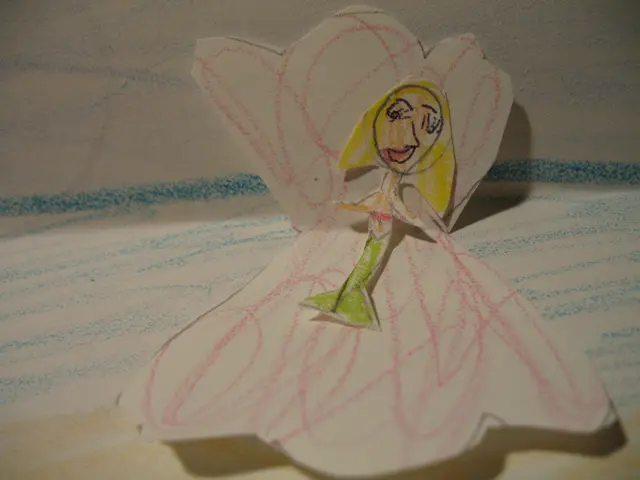Mapping Out Emotional Dynamics: Exploring Conflict Through Triangular, Circular, and Spiral Patterns
Stories are fueled by conflict, and it doesn't always follow a straight line. Sometimes, it's more like a triangle, charged with emotional imbalance from three sides. Other times, it tangles into loops, with tension circling back on itself. Even spirals can occur, each revolution bringing characters deeper into chaos or clarity. This isn't just a strange metaphor; it's a practical way to understand how emotional dynamics shape and reshape the reader's experience of your story.
When creating stories, writers often think of conflict in terms of plot: who wants what, and what's in the way. But emotional conflict is more about the relationships and interconnections between characters. By recognizing the geometry of these tensions, you can manipulate them more deliberately, creating narratives that don't just escalate, but evolve.
The Basic Building Blocks
The Triangle: Three Points of Pressure
Conflict triangles are a common shape in fiction. They appear in any trio where pressure pulls in competing directions, such as love triangles, friendships, family dynamics, or mentor-student relationships. A triangle is inherently unstable, making decisions complex because every action tests two relationships at once. To use a triangle deliberately, identify the character at the center (often the protagonist) and the opposing emotional pulls or relationships. Track how movement toward one side weakens or intensifies the others, creating tension and dynamics.
The Loop: Repeating Conflict With Evolving Stakes
In stories, some conflicts don't just escalate they circle. The same tension keeps resurfacing, but each time, it's slightly different. That's the loop: a recurring emotional pattern that characters can't escape, often because they're not yet ready to change. To keep looped conflict from feeling static or redundant, you need progression within repetition. Each return to the conflict must bring something new - a higher cost, a deeper understanding, a shift in tone. This pattern mimics real life, where we often loop through the same conversations, mistakes, and reactions until something breaks the cycle.
The Spiral: Escalating Emotion With Structural Depth
If a triangle is unstable and a loop is cyclical, a spiral is progressive. Spirals return to the same emotional territory but each time, they deepen. This structure is ideal for long-form fiction and emotionally rich arcs. It allows readers and characters to arrive at meaning gradually and often painfully, making for a more impactful story.
Blending Geometries: Hybrid Conflict Patterns
Not all stories need to stick to a single shape. In fact, some of the most emotionally complex narratives combine multiple geometries, such as a triangle that loops, a spiral within a loop, or triangles that spiral. These hybrid structures give stories both rhythm and depth, keeping readers engaged as they sense repetition and motion.
What to Avoid
While emotional geometry can be a powerful tool, even strong plots can feel hollow if the emotional architecture is weak. Here's what to watch for:- Flat conflict: Everything escalates the same way, like a staircase with no turns. Add variety in emotional shape.- Underused triangles: Ignoring secondary characters in emotional geometry can make the protagonist's struggle feel one-dimensional.- Confusion between loops and spirals: If a scene repeats but offers no new insight, it's a stuck loop - not a deepening spiral.
Emotional Geometry is Key to Storytelling Success
Mapping emotional conflict through shape helps build stories that don't just escalate, but evolve. Readers stay engaged not because things get louder, but because they get deeper. So when you build your next story, don't just outline plot points. Sketch the geometry of your characters' hearts. That's where the real drama lives.
- To create narrative depth, writers may find it beneficial to delve into a character's education-and-self-development, exploring how personal growth influences relationships and emotional dynamics.
- By employing an understanding of emotional geometry, including triangles, loops, and spirals, writers can craft stories that evolve beyond simply escalating conflicts, enriching the reader's experience with intricate layers of emotional development and character growth.






